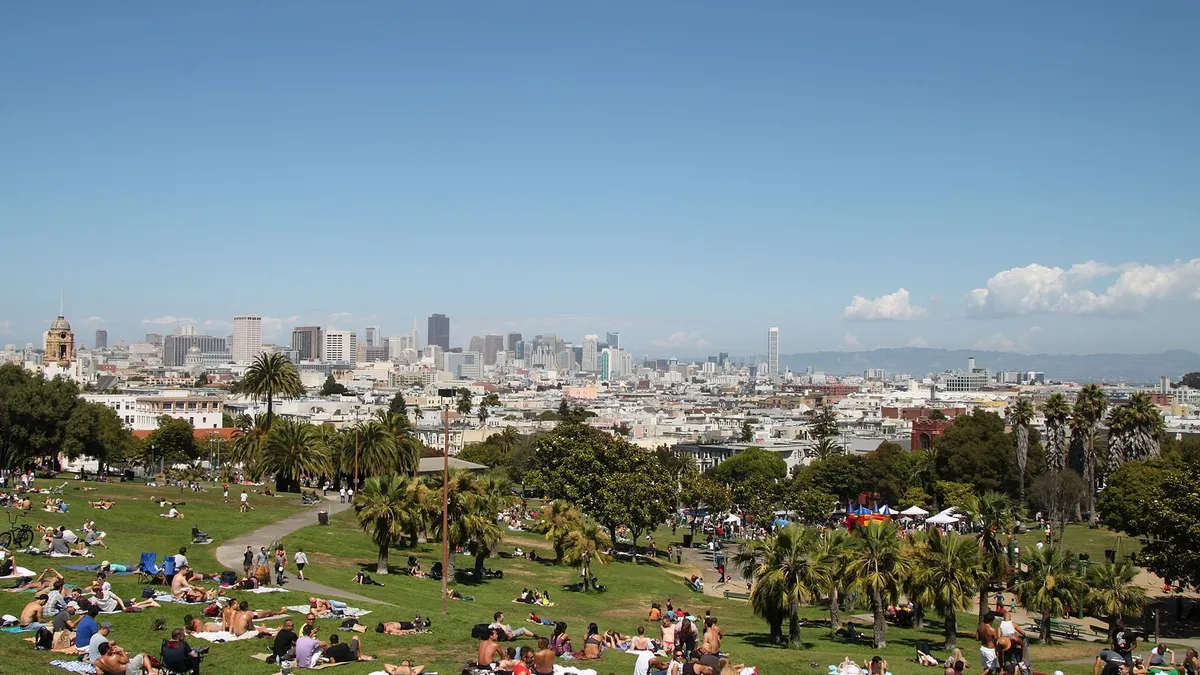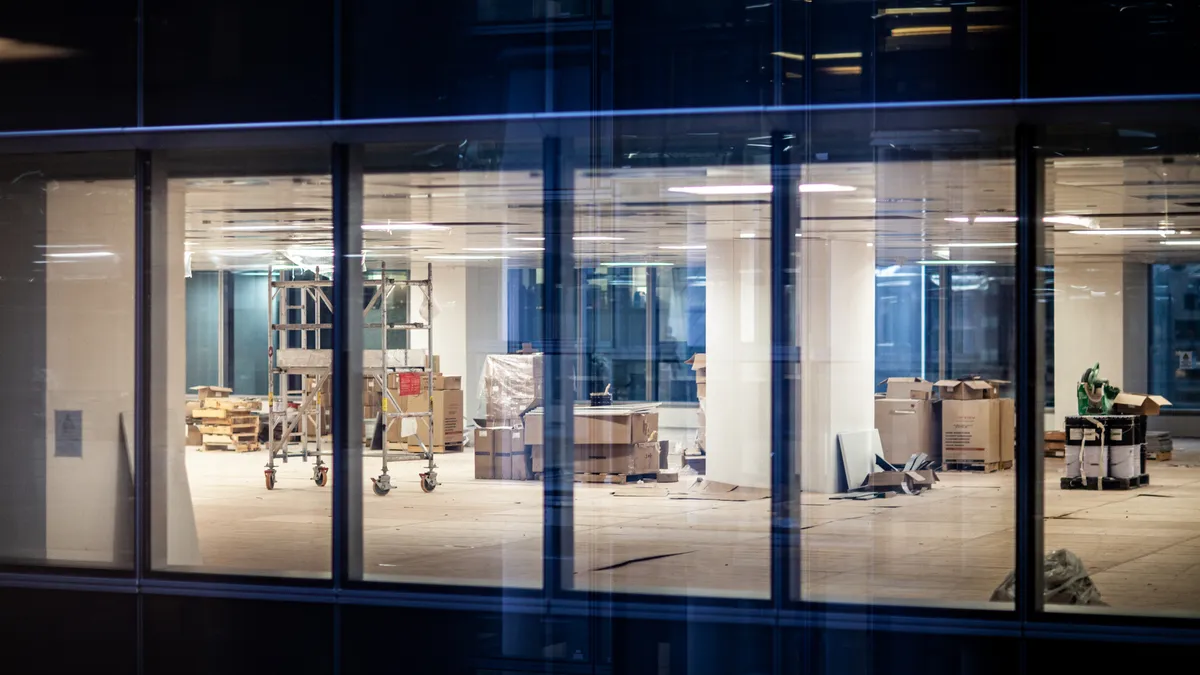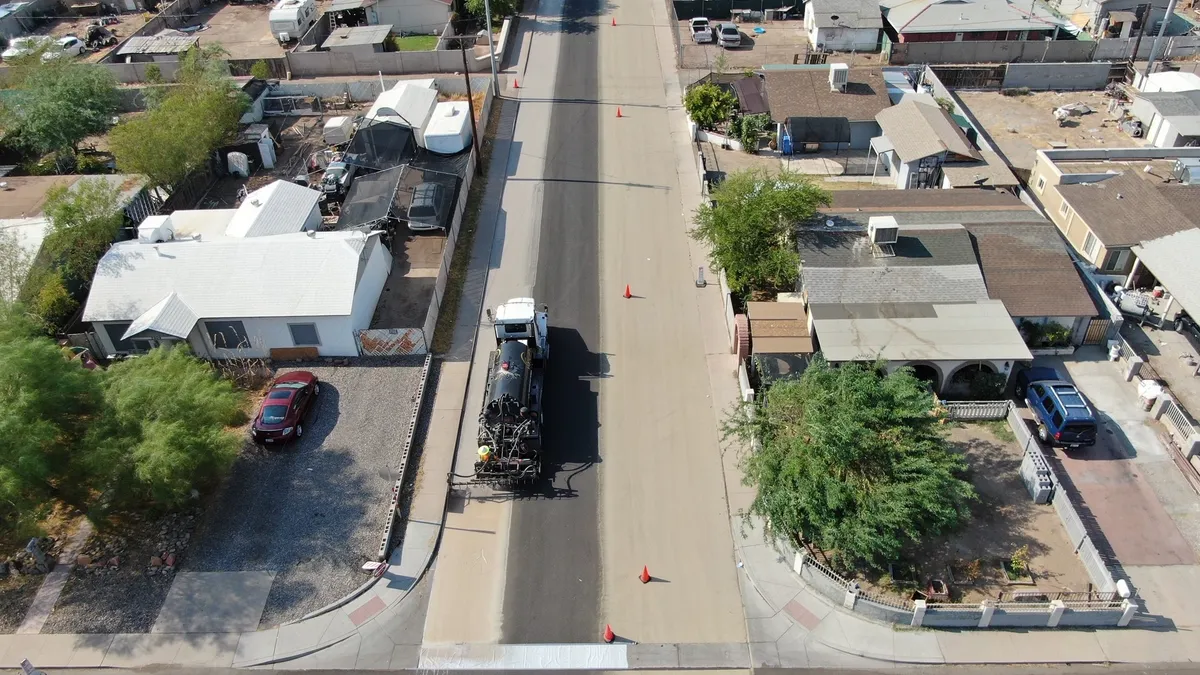Dive Brief:
-
The combined shortage of skilled labor and rapidly increasing home prices could negatively impact the Bay Area’s currently strong economy, according to The Mercury News.
-
The area’s largest urban centers — Santa Clara County, East Bay and San Francisco — have seen job growth slow recently.
-
Lower-wage workers often face lengthy commutes or opt to work elsewhere due to a lack of low- and middle-income housing in these urban centers.
Dive Insight:
Something will need to give if the Bay Area’s economy is to remain robust — whether that’s renewed growth in hiring or more affordable housing options. Right now, neither appears to be happening. San Francisco's housing market is one of the slowest-growing among major cities in the country, and yet home prices increased by 5% in April compared to the 5.5% national average.
Home sales in the Bay Area are down to recession-era levels, partly because many prospective buyers can’t afford the current prices. For San Francisco residents who own their home, a little less than half of their income (40.2%) goes toward their mortgage, according to Zillow. That factor is more attributable to the region’s high salaries than it is to low housing costs. For example, owners in Cleveland spend just 12.7% of their earnings on mortgage payments.
Relief may be on the horizon as municipalities and corporations address the need for housing in new, creative ways.
As one example, Google’s parent company, Alphabet, plans to purchase 300 modular apartment units, most likely for use as short-term employee housing in the Bay Area. The project aims to provide affordable housing options closer to the Google campus, which can stands to shorten the region’s notoriously long commutes for some workers and alleviate some of the heavy traffic in the area.
Meanwhile, Google is mulling a transit-oriented development in downtown San Jose, CA, where a nearby rail hub could help its 20,000 employees get to the city and reduce their reliance on car transportation.
In Santa Clara, CA, plans for a $6.7 billion mixed-use development with up to 1,680 housing units recently got the OK from environmental reviewers. What makes the project so unique, and its environmental review so tenuous, is that it is located atop a landfill. It’s not the only one in the state, either.
Nearby Campbell, CA, has a 170-unit apartment complex built atop a closed landfill containing construction debris, while Santa Monica, CA, further south, is planning a mixed-use development that brings retail, office and entertainment space to a closed landfill.











